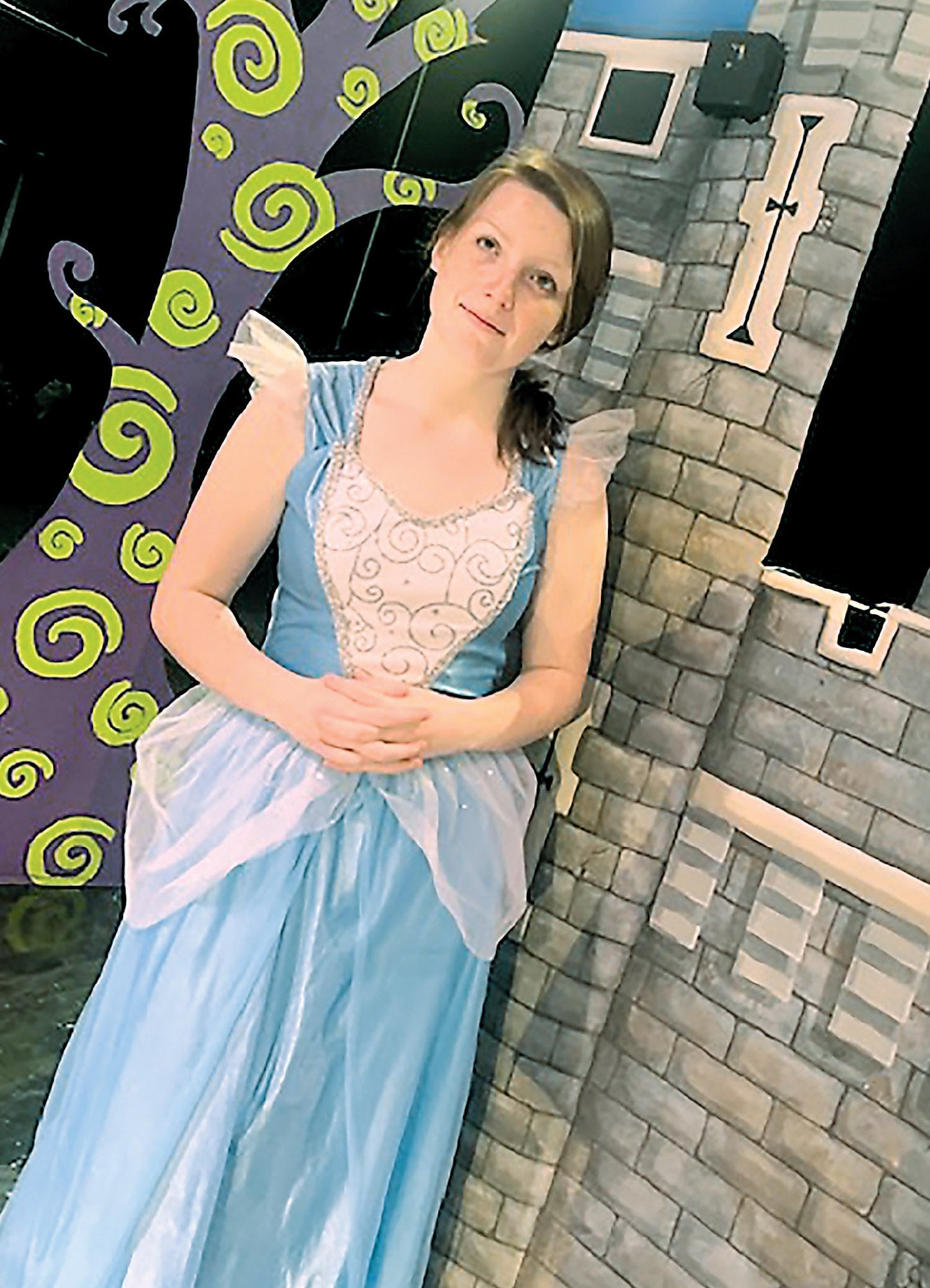outdoors.column.bonnette
Published 5:00 am Sunday, April 5, 2020
There haven’t been many times that I have taken the wildlife trail along Pintail Drive that I haven’t been rewarded by seeing something different.
One of those surprises was the case last week when Willene and I made the ride into the Cameron Prairie National Wildlife Refuge off La. 27.
Of course, just getting away from the house during these inside days is a boost in itself.
The trail, which is a one-way stretch, circles an impoundment that at times during the year will feature a variety of marsh birds, ducks, geese, hawks, alligators, wild flowers and at times, coyotes.
Right now is a good time to make the trip. Officials at the Cameron Prairie office said the drive will remain open until further notice.
There is also a boardwalk on which one can circle a small portion of the marsh on foot. Of course, on this trek, visitors are reminded to maintain a social distance.
Our day the past week at the reserve we were greeted early by a pair of blue-winged teal in flight. We saw a few others but not many more. The coots were moving in groups and there were batches of moorhens and gallinules.
There was a good supply of white ibis and a spreading of wild flowers like Louisiana iris, yellow marigold, lantana, white lilies, pickerelweed and thistle plants with a purple flower.
Alligators were not noticeable until after the first curve in the road, at the back end of the reserve, and then there were many.
Some were laying within 6 feet of the road. Good for photos, but you didn’t want to open your door. Lost count on alligators after we hit 20.
Also scattered on the road were mourning doves, many mourning doves, and most didn’t mind a car moving by.
The treat for me, though, was seeing a yellow crowned night heron, and I really believe that it’s the first I have seen, or at least the first I have been able to identify.
The bird feeds mainly on crabs, crawfish and fish, will fly with its neck crunched in and its legs pushed all the way back, has a 28-inch length and a 31⁄2-foot wingspan.
And they have what I think is one of the most remarkable features of any of the herons — a distinctive black-and-white head with a yellow-white crown, white-check patches and black covering the rest.



